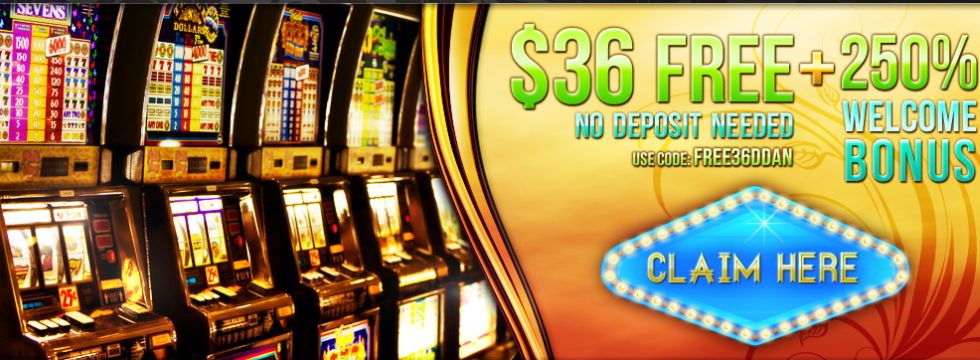House Edge

In any casino game, there is something known as ‘house edge’. This house edge is how a casino makes a profit. In sports betting it is sometimes known as the ‘vig’, and the ‘rake’ when playing poker is also a form of house edge. Without a house edge, a casino or a bookie would struggle to make a profit over time.
The simple way of putting it is that the casino does not pay you the true value of what a bet is. For example, if I toss a coin, there is a 50-50 chance of it being heads, and a 50-50 chance of it being tails. So if you were betting on it with a friend, you would wager 1:1. You might bet $10, so you risk your $10 to win $10. However, if you were betting on a casino, they would not give you 1:1. They might give you 9:10. So if you and your friend go to the casino, and they have a coin flip wager, you bet $10 on tails and your friend bets $10 on heads. It comes up tails, and you make a profit of $9 from the casino, and your friend loses $10 to the casino. In that transaction, the casino has made a profit of $1. This $1 the casino has made is the house edge which is built into every game, and the house edge varies from game to game.
In keno, the house edge depends on where you are playing. Because different casinos have different pay tables for the different amount of numbers you can pick, the house edge fluctuates dramatically between each casino. Of course, if the casino is owned and operated the same company, they might use the same pay tables across all their casinos, so the house edge will be the same.
To work out the house edge, you need two things – a pay table and also the odds table for the amount of numbers you have selected. We will use an 8 number selection and we will play it at a fictional casino so we can work out our own pay table. Our casino pays the following on an 8 number selection to a $1 bet:
0 catches – 0
1 catch – $0.5
2 catches – $0.5
3 catches – $1
4 catches – $3
5 catches – $6
6 catches – $19
7 catches – $90
8 catches – $720
The chances of hitting them are as follows:
0 catches – 8.9% (10-1 chance)
1 catch – 26.6% (3-1 chance)
2 catches – 32.8% (2-1 chance)
3 catches – 21.5% (3.5-1 chance)
4 catches – 8.1% (11-1 chance)
5 catches – 1.8% (54.5-1 chance)
6 catches – 0.23% (434-1 chance)
7 catches – 0.02% (5,000-1 chance)
8 catches – 0.0004% (250,000-1 chance)
So you are not getting a true payout on each of these shots. For example, without the house edge, the casino would pay you $250,000 for hitting all 8 catches instead of $720, and $3.50 for hitting 3 catches. As you can see, the house edge gets greater and greater the further up the pay table you go. And most casinos cap the amount you can win, so if you were to hit 13 numbers and the keno was capped at $100,000, the house edge becomes astronomical.
The truth is, keno has some of the biggest house edges in the casino. But most players know that the chances of hitting it big playing keno are slim, yet they do it because they enjoy playing keno. It is similar to playing the lotto – the chances of you winning might be 100 million to 1 and the jackpot might only be 10 million, but you are still going to play it because even though you are not getting true value, you want to have the chance of winning $10 million just by picking some numbers. It is the same with keno – you can win a huge amount of money for just a small investment, so worrying about house edges and negative equity and the like do not factor in for most, if not all, keno players. Trust me, if you win $100,000 for hitting 10 numbers on a $1, even though the true chances are around 900 million to 1, you are not going to be upset as you claim your winnings.

"WinADay Casino is the home of "Power Keno', the most populer online casino game with 7 Cards of Keno at once!"


